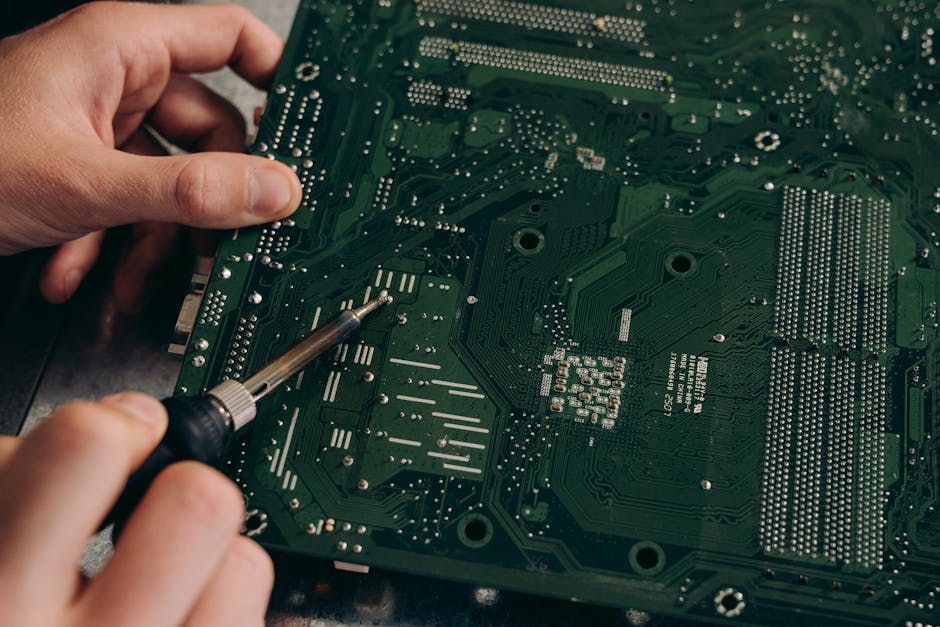Automation Tools Surge in 2025: Windows Users Embrace Efficiency
The rising demand for increased productivity and streamlined workflows has fueled a surge in the adoption of automation tools for Windows PCs in 2025. This year has witnessed a significant increase in both the development and utilization of free and open-source software designed to automate repetitive tasks, manage system resources, and enhance overall user experience. This trend reflects a broader shift towards digital efficiency, impacting both individual users and businesses.
The Rise of Free Automation Software: A 2025 Phenomenon
The accessibility of free automation tools has been a major catalyst for this year’s growth. Unlike previous years, where sophisticated automation solutions often came with hefty price tags, 2025 has seen a proliferation of high-quality, free software capable of handling complex tasks. This has broadened the user base significantly, bringing automation within reach of individuals and small businesses who previously lacked the resources. This democratization of automation is a key driver of the current trend.
Open-Source Contributions and Community Support
A significant factor contributing to the success of these free tools is the active involvement of the open-source community. Users contribute to code development, bug fixing, and feature enhancements, fostering a collaborative environment that continuously improves the software. This community support ensures ongoing maintenance and development, increasing the longevity and reliability of these tools.
Impact on Productivity and Workflow Efficiency
The impact of widespread automation adoption on productivity is already noticeable. Early data suggests a significant reduction in time spent on repetitive tasks, freeing up users to focus on more demanding and creative endeavors. This translates into higher efficiency across various sectors, from personal use to professional applications, particularly in areas involving data processing and file management.
Case Studies and User Feedback
Anecdotal evidence from online forums and user reviews points towards significant improvements in workflow efficiency. Many users report a considerable time saving, often ranging from several hours per week to even more substantial reductions for those performing highly repetitive tasks. Further quantitative research is needed, however, to fully quantify the impact across different user groups and applications.
Security and Privacy Concerns: A Growing Consideration
While the benefits are significant, the rising adoption of automation tools also raises concerns about security and user privacy. The use of third-party software to manage and potentially access sensitive data introduces potential vulnerabilities. This requires a careful evaluation of the security measures implemented by developers and a responsible approach to data management by users.
Addressing Security Risks
Developers of free automation tools are increasingly addressing security concerns through improved code practices, regular updates, and increased transparency about data handling. However, users remain responsible for due diligence, choosing reputable sources and carefully reviewing the permissions requested by the software before installation. Thorough understanding of the software’s functions and potential security implications is crucial.
The Future of Windows Automation: Predictions for 2026 and Beyond
The current trend suggests continued growth in the automation sector for Windows PCs in the coming years. We can expect to see more sophisticated tools emerge, with enhanced functionalities and improved integration with existing software. Furthermore, artificial intelligence (AI) and machine learning (ML) are likely to play a growing role, leading to even more intelligent and adaptive automation solutions.
Key Predictions and Developments:
- Increased AI Integration: Expect to see more tools incorporating AI for smarter task management and predictive automation.
- Enhanced Cross-Platform Compatibility: Greater interoperability between different automation tools and operating systems is likely.
- Improved Security Measures: Developers will continue to prioritize security, implementing robust measures to protect user data.
- Growth of Specialized Tools: Niche automation tools targeting specific applications and workflows will become more common.
- Wider Business Adoption: Businesses will increasingly leverage automation to improve operational efficiency and reduce costs.
Conclusion: A Paradigm Shift in Personal Computing
The widespread adoption of free automation tools in 2025 represents a significant shift in the landscape of personal computing. The ease of access to powerful automation capabilities is empowering individuals and businesses alike to increase productivity and streamline workflows. While challenges remain, particularly concerning security and privacy, the overall trend points towards a future where automation plays an increasingly central role in enhancing our digital experience. The continued development and refinement of these tools, driven by both developers and the vibrant open-source community, promise further transformative changes in the years to come.

